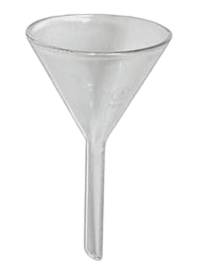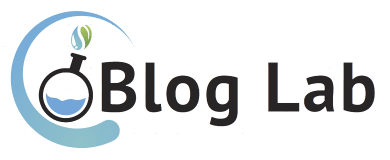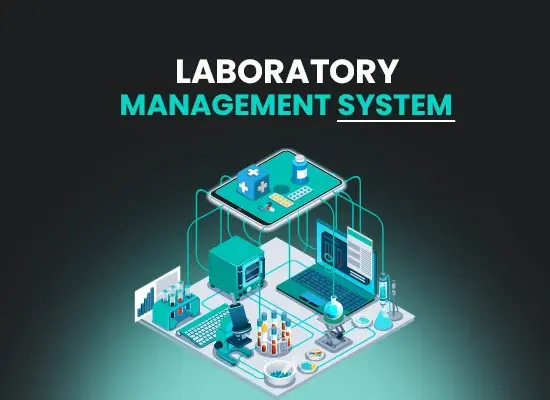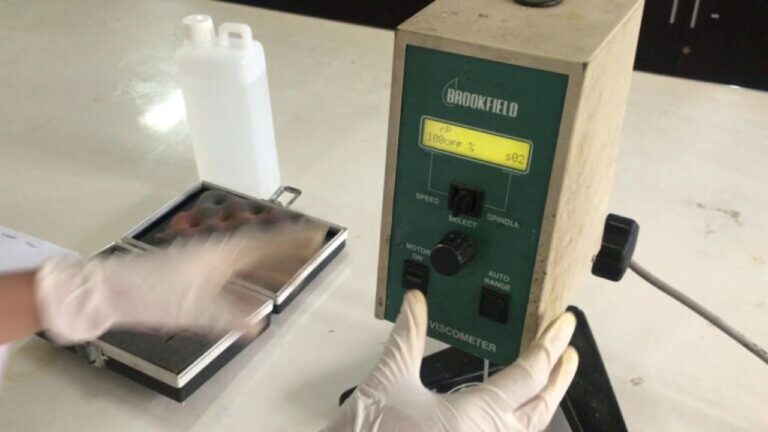Corong Lab: Consciousness, Function, Type, Use and Treatment · Global Voices

In laboratory roium, in particular chemical labs, there are a lot of laboratory tools that are normally used. Chemical funnelSo, for those of you who may not know what the lab funnel or the next chemical funnel is like, I'm going to explain it completely in this article.
Corong Laboratory
The chemical funnel is a tool that is made from glass or made out of plastic.
Images
Here's a shape or an embodiment of the device that you can see through this image:

Understanding
Corong lab It's a funnel built for use in chemical labs. There are many kinds of funnels that have been adjusted to this particular application. Corong filter, funnel thistle, and funnel drops have stopcock which allows liquid to be added to the pumpkin slowly.
Function
The function and function of the glass funnel is that it's a tool for moving or putting solution into the container or a place that has the dimensions of inducing small matter samples. As a help in filtering, that's as putting the filtration paper. Now that's the chemical funnel you can understand.
Type
Chemical funnels have some kind of funneling that are adjusted to the function of each kind of funnel, and these are some kinds of funnel labs in between:
1. Corong separated

Corong separated used to separate two fluids that didn't dissolve into each other. The upper part is made up of two parts, which is a cone, and the bottom is round. The top of the separate funnel is an open and closed valve.
The principle of the separate funnel work is to utilize the mass difference of the kind between the two fluids. The heavier fluid will sneak at the bottom, while the lighter fluid will be at the top.
2. Funnel Buchner

Funnel Buchner used for vacuum filtering. The Buchner corong is made of porcelain or plastic that has small holes in its top. The benefit of the filter funnel that has these tiny holes and this works to drain the air from the vacuum pumps.
Buchner's funnel principle is to use vacuum pressure to draw fluid through filtered paper that's placed on Buchner's funnel.
3. Glass funnel

Glass funnel is the most common funnel in the lab. Glass funnel is made of glass or plastic that has the shape of a cone. Glass funnels can be used for various needs, such as moving fluids, filtering, or separating fluids.
Based on the shape of his mouth, the funnel can be divided into two types, which is:
- Funnel glasses with straight mouths
- Glass funnel with curved mouth
Glass funnel with a straight mouth is generally used to filter solution or suspension. Glass funnel with curved mouth is generally used to move fluids or separate fluids.
By its size, the funnel can be divided into several sizes, which is:
- 50 ml cup funnel
- Glass funnel of 100 ml
- Glass funnel of 250 ml
- Glass funnel is 500 millilitres
- Cup funnel is 1000 ml
The right kind and size of funnel labs must be adjusted to the needs of experiments or laboratory procedures.
The use of Corong Laboratories by its type
Here are some of the lab funnels of different kinds of funnels, among these as follows:
1. Funnel usage separated
To use separate funnels, his steps are as follows:
- Wash the funnel apart with clean water and dry it.
- Put a mixture of two undissolved fluids into a separate funnel.
- Close the funnel apart and shake it slowly so the two fluids are evenly mixed.
- Open the funnel faucet a little bit to release the steam pressure.
- Let the funnel stand upright for a few minutes so both fluids can be perfectly separated.
- Open the funnel faucet to emit fluid at the bottom.
- Repeat steps 5 and 6 to emit fluid at the top.
Here are some tips in using a separate funnel:
- Use split funnels that match the volume of the mix to be separated.
- Use solvent fluid that has different kinds of mass to ease separation.
- Shake the funnel gently and carefully lest it form emulsion.
- Let the funnel stand upright for a few minutes so both fluids can be perfectly separated.
Separate funnels can be used for many needs, such as:
- Extraction of liquid
- Oil and water separation
- Separation of alcohol and water
- Sour separation and base
2. Buchner Corong Usage
To use Buchner's funnel, his steps are as follows:
- Wash Buchner's funnel with clean and dry water.
- Put the filtered paper that fits the size on Buchner's funnel.
- Wet the filtering paper with a little solvent to make the filtration paper attached to Buchner's funnel.
- Connect Buchner's funnel to the vacuum pump.
- Pour the mixture that will be filtered into Buchner's funnel.
- Turn on the vacuum pump and let the liquid flow through the filter paper and into the container under the Buchner funnel.
- After all the fluid is filtered, kill the vacuum pump and remove Buchner's funnel from the vacuum pump.
Here are some tips in using Buchner's funnel:
- Use filtering papers that fit the size and mixed types that will be filtered.
- Wet the filtration paper with a little solvent to make the filtration paper attached to Buchner's funnel and prevent air bubbles from forming.
- Turn on the vacuum pump slowly and gradually to prevent the filter paper being stuck in Buchner's funnel.
- Do not filter too thick a mix, for it can clog up small holes in Buchner's funnels.
Funnel Buchner can be used for many needs, such as:
- Solus filter
- suspend filter
- Komid filtering
- Distant separation of fluid
3. Glass funnel usage
Glass funnel can be used for many needs, such as:
- Move the liquid
- Filter solution or suspension
- Separate the liquid
To use the glass funnel, his steps are as follows:
- Wash the glass funnel with clean water and dry it.
- Put a glass funnel on the recipient's receptionist of the size.
- Pour the liquid that will be moved or filtered into the glass funnel.
- To move the liquid, carefully lift the glass funnel while keeping the fluid from spilling.
- To filter solution or suspension, put the filtered paper that fits the size of the glass funnel.
- Wet the filtration paper with a little solvent to get the filtration paper attached to the glass funnel.
- Pour the mixture that will be filtered into the glass funnel.
- After all the fluid is filtered, remove the glass funnel from the receiver.
Here's some tips in the funnel:
- Use a glass funnel that size the volume of the liquid to be moved or filtered.
- Use filtering papers that fit the size and mixed types that will be filtered.
- Wet the filtration paper with a little solvent to get the filtration paper attached to the glass funnel and prevent air bubbles from forming.
- Pour the liquid carefully to prevent the waste.
Care
For cleaning the funnel is the same as any other lab glass equipment, if the glasses need to be rubbed, rub with a brush using hot soap water, rinse with tap water, followed by the deionization water. Wash with hot soap water, rinse with tap water, then rinse 3-4 times with deionization water.
Price
Now for those of you who want to know information about The price of the funnel lab please visit the following website which is at www.envilife.co.id.
Conclusion
Now that's what I can tell you about the tabloids in the lab, hopefully being new and useful to readers, and if you have any questions that you'd like to ask, please leave a comment below. Thank you.





